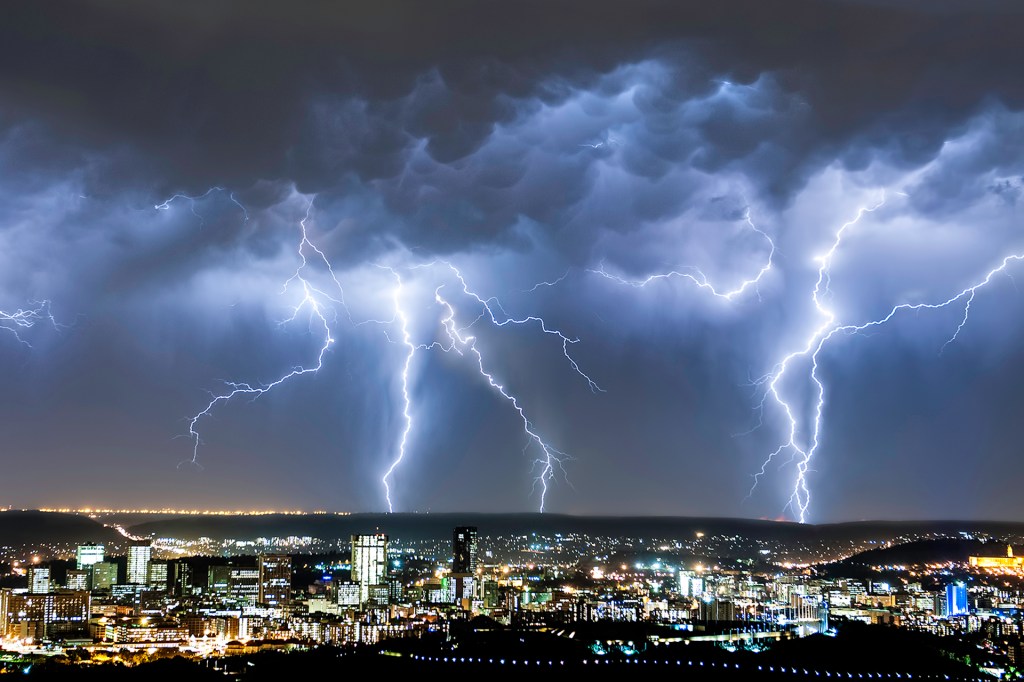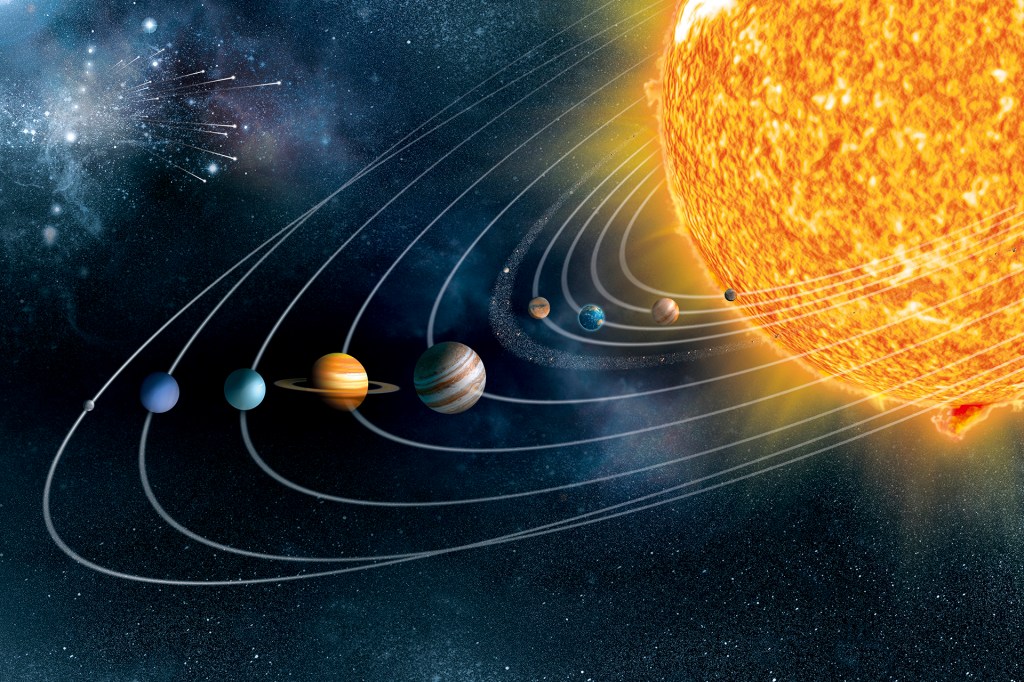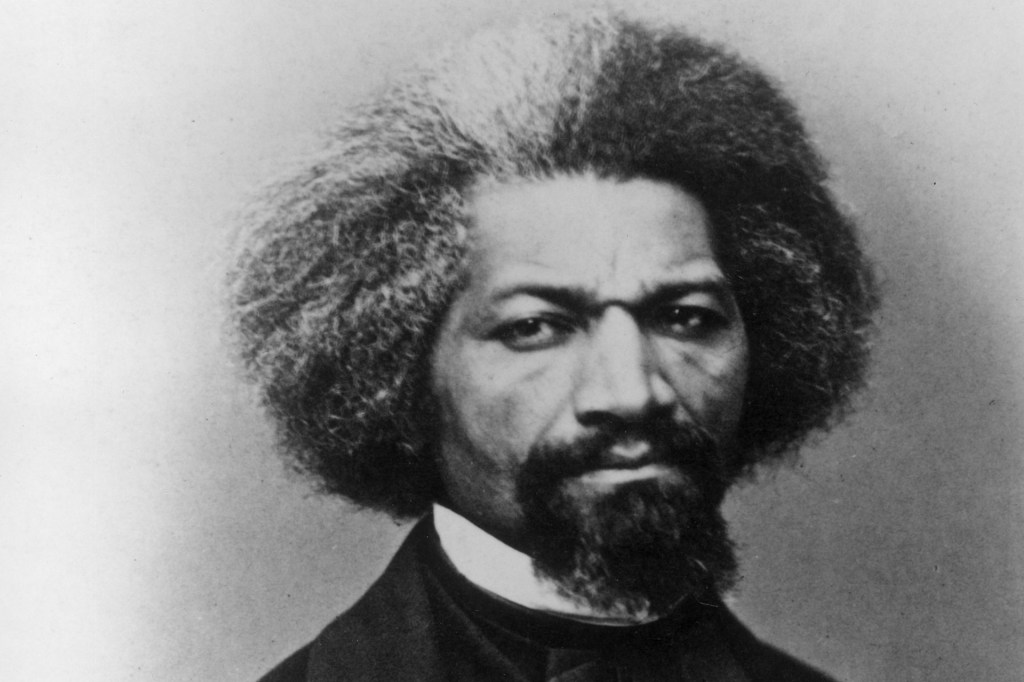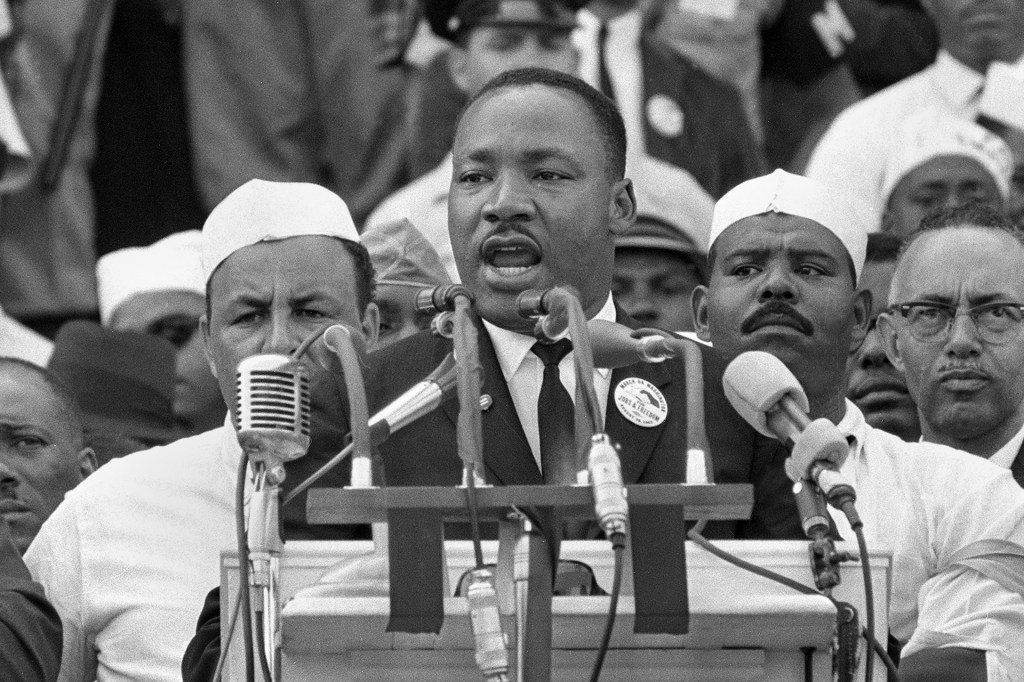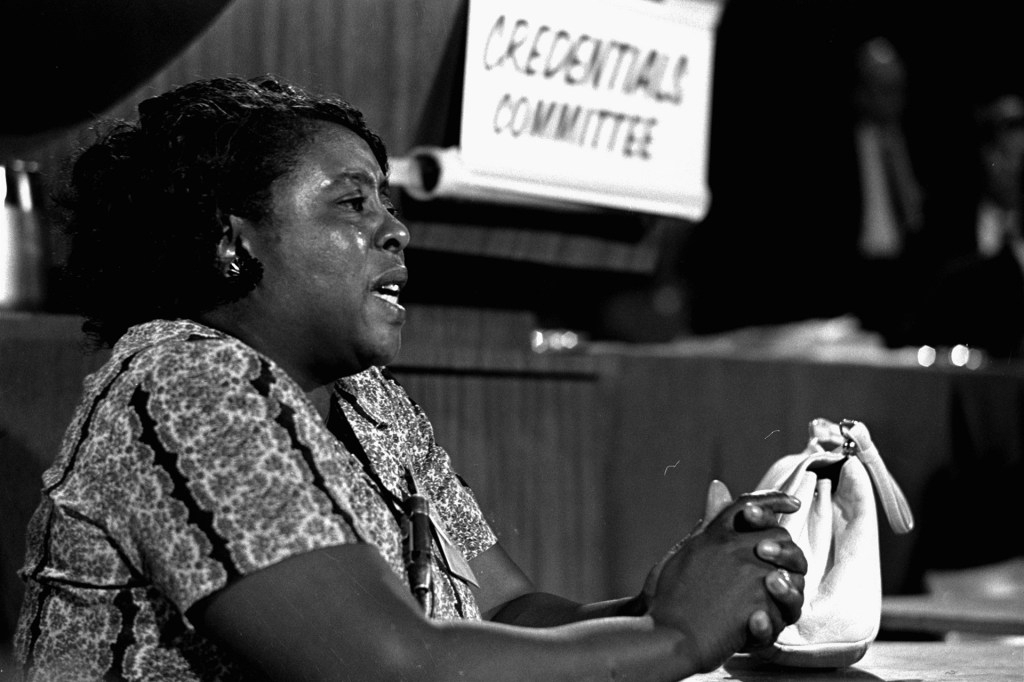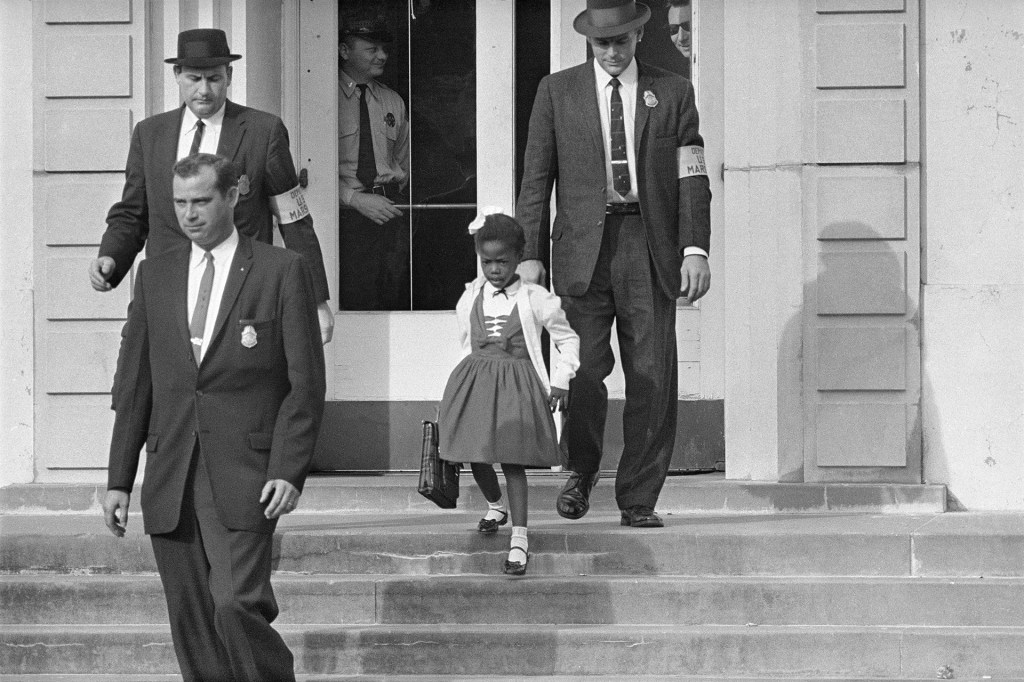What is Global Warming?

Earth’s climate is changing at an unprecedented
unprecedented
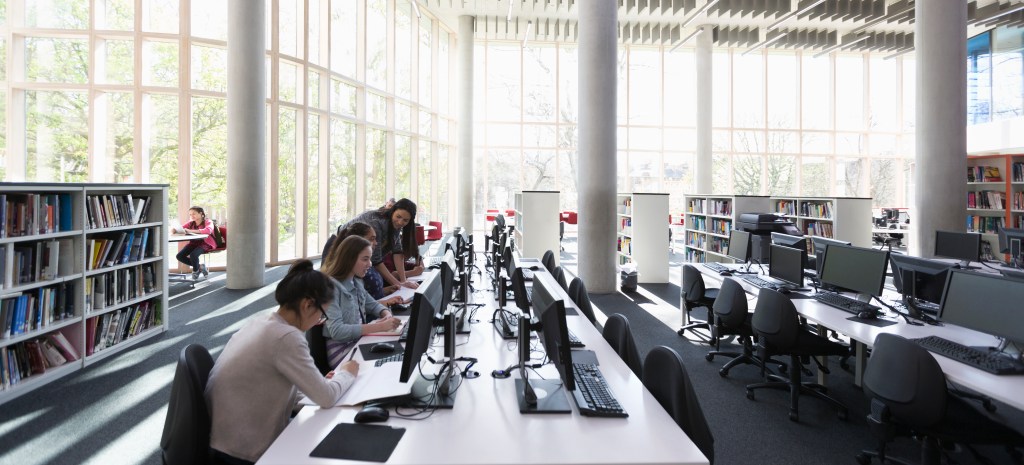 CAIAIMAGE/MARTIN BARRAUD/GETTY IMAGES
never done before
(adjective)
The internet has given people unprecedented access to news and information.
rate. As a result, storms and droughts
drought
CAIAIMAGE/MARTIN BARRAUD/GETTY IMAGES
never done before
(adjective)
The internet has given people unprecedented access to news and information.
rate. As a result, storms and droughts
drought
 FONGFONG2/GETTY IMAGS
a long period of time when there is no rain
(noun)
During the drought, many of the flowers in our garden died.
are becoming more intense. Temperatures are rising. Polar ice caps are melting. This is causing oceans to rise. Low coastal areas are flooding. Animals are losing their habitats. Scientists are sounding the alarm: If we don’t make changes to halt global warming, the planet’s climate will become increasingly unbearable.
FONGFONG2/GETTY IMAGS
a long period of time when there is no rain
(noun)
During the drought, many of the flowers in our garden died.
are becoming more intense. Temperatures are rising. Polar ice caps are melting. This is causing oceans to rise. Low coastal areas are flooding. Animals are losing their habitats. Scientists are sounding the alarm: If we don’t make changes to halt global warming, the planet’s climate will become increasingly unbearable.
Climate, unlike weather, describes long-term patterns in the conditions of the atmosphere
atmosphere
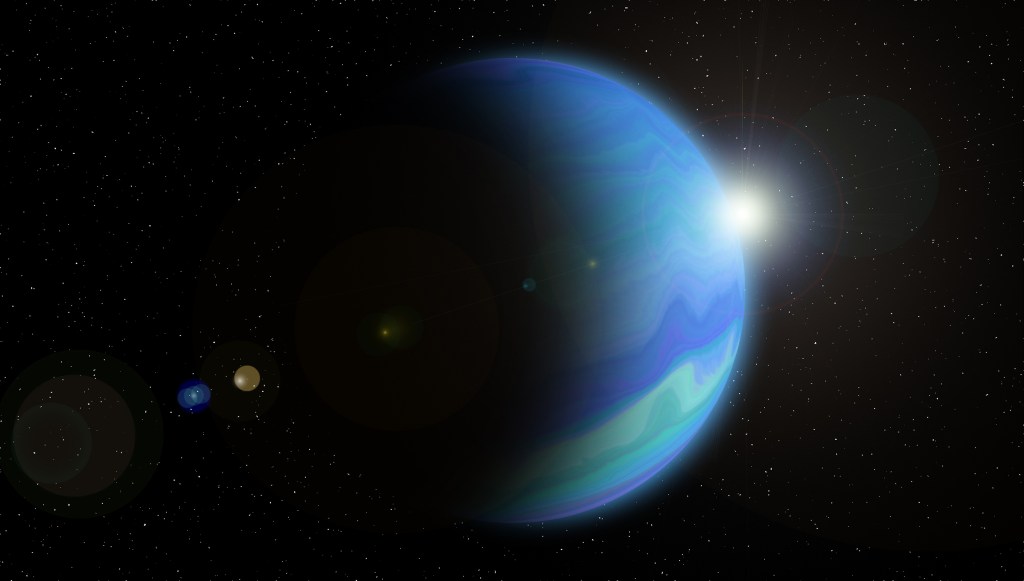 SUMAN BHAUMIK
the layer of gases that surround earth or other planet
(noun)
The atmosphere of Neptune consists mostly of hydrogen and helium.
. Earth’s climate as a whole has changed several times throughout history. In the past 650,000 years alone, there have been seven cycles of glacial advance and retreat. Most of these changes are a natural part of Earth’s 4.5 billion–year history. They are due to tiny variations in the Earth’s orbit, which alter the amount of solar energy reaching the planet.
SUMAN BHAUMIK
the layer of gases that surround earth or other planet
(noun)
The atmosphere of Neptune consists mostly of hydrogen and helium.
. Earth’s climate as a whole has changed several times throughout history. In the past 650,000 years alone, there have been seven cycles of glacial advance and retreat. Most of these changes are a natural part of Earth’s 4.5 billion–year history. They are due to tiny variations in the Earth’s orbit, which alter the amount of solar energy reaching the planet.
Scientists say that recent changes in Earth’s climate are not due to natural causes. According to NASA, 97% of climate scientists agree there is a direct connection between human activity and the changes occurring on our planet.
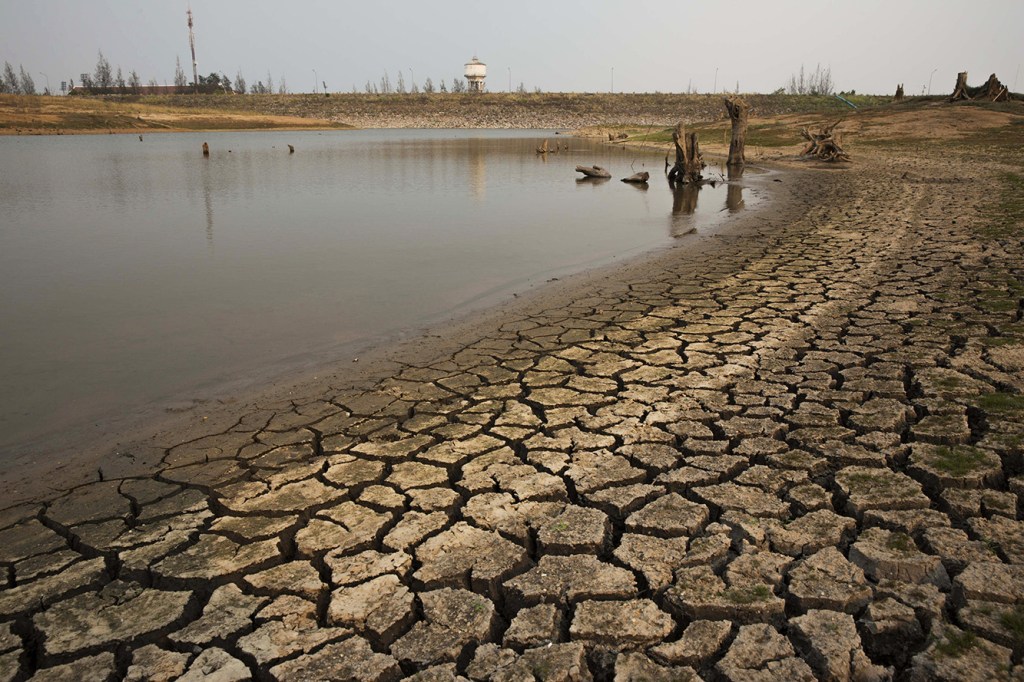
Climate change is causing worsening conditions across the planet, including water insecurity, severe drought, and wildfires.
TAYLOR WEIDMAN—BLOOMBERG/GETTY IMAGESThe Human Impact
Over the past 150 years, humans have used more and more engines, vehicles, and other machines. These devices burn through fossil fuels like coal and oil. Fossil fuels emit carbon dioxide, methane, and other greenhouse gases.
Normally, plants, trees, and the oceans absorb carbon dioxide and release it back into the atmosphere as oxygen. But an increase in fossil fuels has created more carbon dioxide than nature can take in. Adding to the problem are other human activities. Deforestation and the destruction of habitats also reduce the number of trees and plants. That makes it even harder to absorb all that carbon dioxide.
When too much carbon dioxide remains in the atmosphere, it causes problems for Earth’s climate. Sunlight can pass through those gases. But the heat the sun generates cannot escape back out into space. So the gases end up trapping that heat. This then turns the planet into a giant greenhouse.
This greenhouse effect leads to changes in the climate, like increased temperatures. Average temperatures across the planet have not been increasing uniformly. But scientists observe a clear upward trend. Sixteen of the 17 warmest years ever recorded have occurred since 2001.
Turning Up the Heat
Scientists believe that climate change will have an impact far greater than milder winters and warmer summers. A warmer planet melts glaciers and other large bodies of ice faster than usual. Earth’s glaciers help cool the planet. This means that as ice melts, temperatures will continue to rise. Rising sea levels, flooding, and stronger weather events will occur. And as the planet gets hotter, some places will become uninhabitable for people and animals.
These effects are already being felt around the world. Melting polar ice caps are causing huge chunks of ice to fall into the oceans. The melting ice is causing sea levels to rise about an eighth of an inch per year. That’s according to the National Oceanic and Atmospheric Administration (NOAA). Many coastal areas are in danger of flooding. Some scientists predict that if sea levels continue to rise at current rates, entire cities may be submerged in the next 100 years.
In warm, dry regions, increased temperatures are causing severe drought. This leads to wildfires, food shortages, and water insecurity. Global warming has also led to coral bleaching of nearly two-thirds of Australia’s Great Barrier Reef. The corals provide a habitat for nearly 1,500 different species of fish. This loss of sea life also affects the hundreds of millions of humans who rely on marine creatures for food.
Climate change is also creating more extreme weather events. This puts people and infrastructure
infrastructure
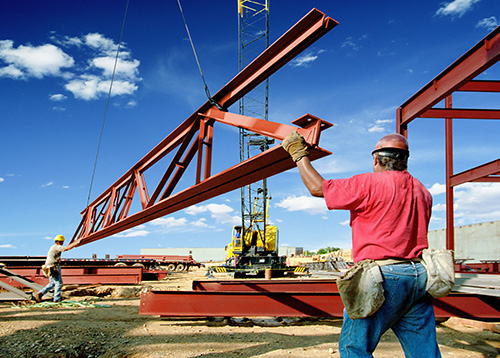 LESTER LEFKOWITZ—GETTY IMAGES
the basic equipment and structures that an organization or region needs to function properly.
(noun)
The infrastructure of the United States includes more than 600,000 bridges.
in danger. Scientists believe that global warming is responsible for hurricanes of greater intensity. Other results of global warming include more frequent and severe heat waves, droughts, blizzards, and rainstorms.
LESTER LEFKOWITZ—GETTY IMAGES
the basic equipment and structures that an organization or region needs to function properly.
(noun)
The infrastructure of the United States includes more than 600,000 bridges.
in danger. Scientists believe that global warming is responsible for hurricanes of greater intensity. Other results of global warming include more frequent and severe heat waves, droughts, blizzards, and rainstorms.
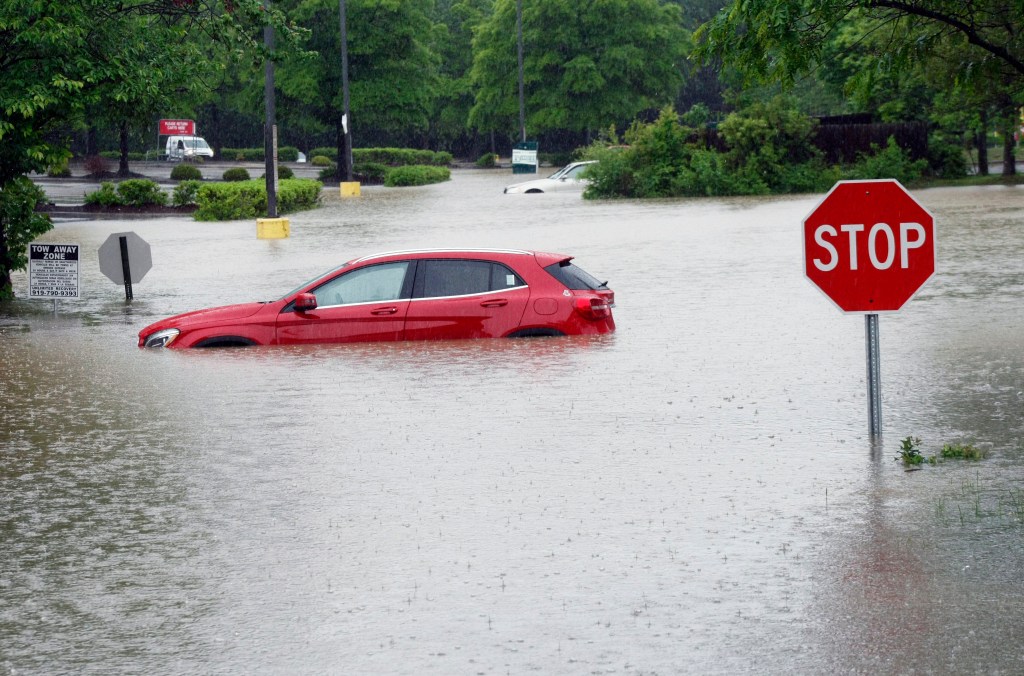
Stronger hurricanes and storms and more flooding of low coastal areas are linked to climate change.
CHRIS SEWARD—RALEIGH NEWS & OBSERVER/TNS/GETTY IMAGESTaking Action
Governments, companies, and individuals are working to cut greenhouse-gas emissions. Countries are joining to fight climate change and its effects. Innovators are working to create Earth-friendly fuels and power sources. And more and more people are using electric and hybrid vehicles. They are also turning to wind and solar power for alternative energy sources.
But humans still need to deal with the large amount of carbon dioxide already in the atmosphere. One solution being tested is called carbon sequestration. Through this process, carbon dioxide can be captured and stored underground before it goes into the atmosphere. Another proposal is to store carbon by planting more trees—nature’s carbon trap.
Time will tell the true impact that climate change has on Earth. But how humans respond and adapt to a warming planet will set the course for years to come.





